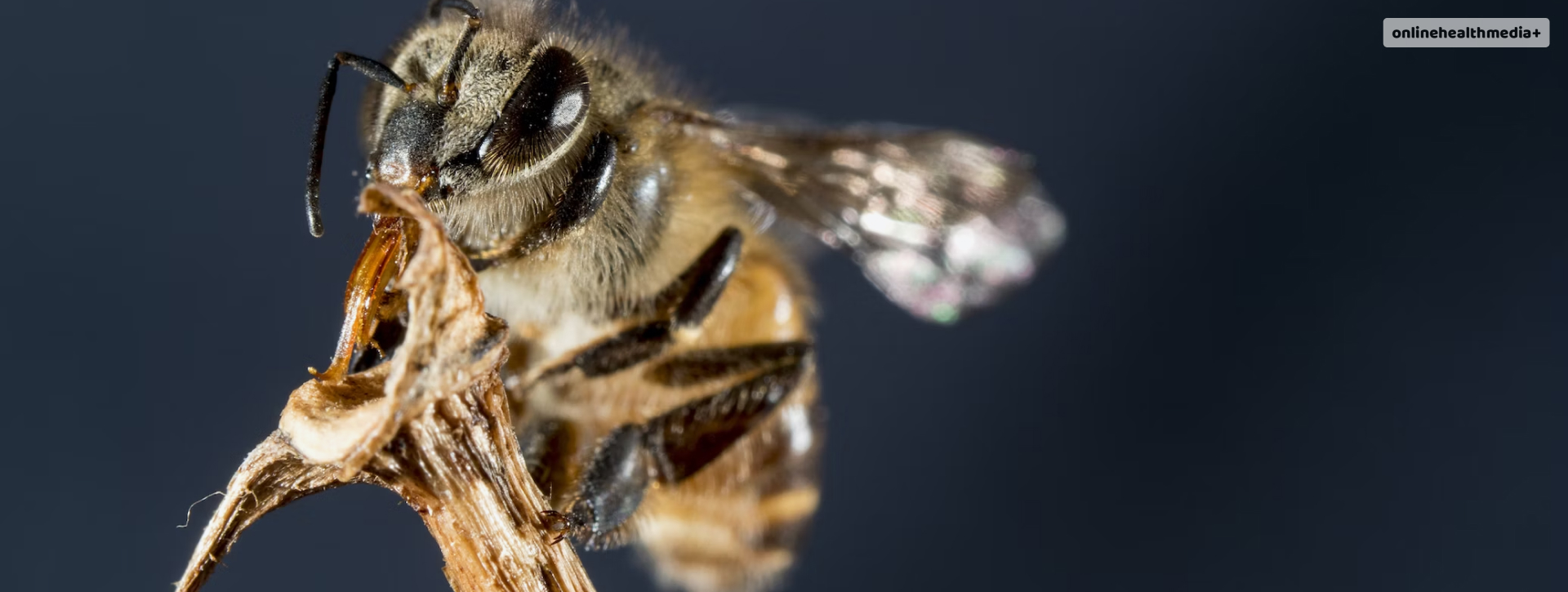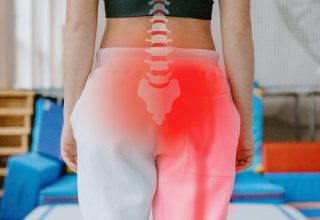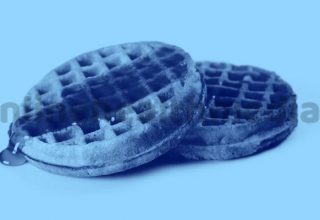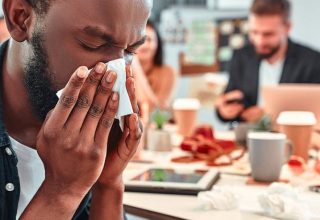Bug Bites 101: How To Treat Wasp Sting In Children
A wasp sting on your baby’s delicate skin is not just painful for them but for you as well. Therefore, as a parent, it is not uncommon to look for this answer, which will ease their pain quickly.
Whether it is for an immediate reaction…
Or,
Taking preventive measures…
A bug bite (sting), which has the potential to take a dangerous turn, will always worry us.
We will have your quick answers ready.
Disclaimer: The dangers of a wasp sting can be different for children prone to allergies. Therefore, if you are looking at the article from a preventive perspective, it might be time for you to get your child an allergen test.
What Are Wasps?
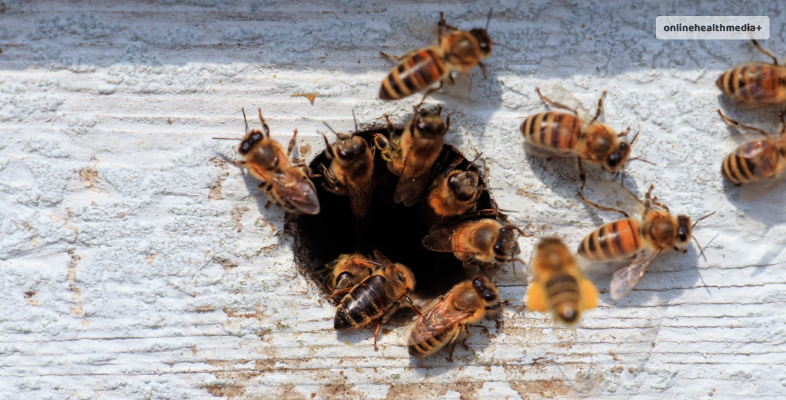
Some types of wasps that might sting you are yellow jackets and hornets. You usually see yellow jackets at picnics, and they’re not especially amiable.
Hornets are the big guys, and their sting can hurt. Stings cause redness, swelling, and pain in some people. In extreme cases, they can even lead to allergic reactions.
Hence, if you encounter a wasp’s buzzing party, it is best to give them their room and not get stung yourself.
However, sometimes accidents happen, and your child could be the one getting their first wasp strings. Then keep reading!
Should You Be Worried If A Wasp Stings Your Child?

Depending on your immediate reaction, a lot of dangers can be prevented.
If your child is stung by a wasp, it’s natural to feel pain and swelling where you were struck and redness around the area. That is why staying calm is even more important.
- Faster action relieves the pain your child feels from getting stung.
- A quick action can reduce the swelling at a sting site.
- If the sting area can be cleaned quickly, this lowers the likelihood of infection.
- When you answer swiftly, it comforts your child.
- If your child is allergic to wasp stings, fast action is essential. Severe reactions can happen in a matter of minutes.
- The more quickly you handle the situation, the less likely your child is to get scared or worried.
- This allows recovery to be smoother and reduces complications.
What Are The Immediate Precautionary Measures Of Wasp Sting In Children?
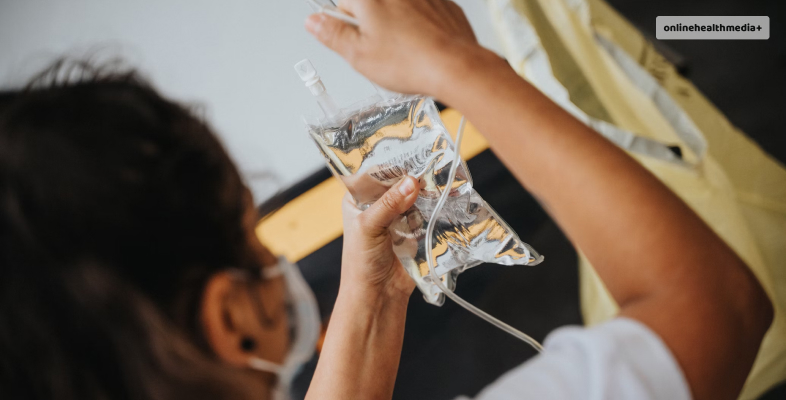
- Reassure your child by taking it easy. All wasp stings are not serious except the really dangerous ones. Panicking just adds to the stress.
- If you can see a stinger, avoid rough handling and use something flat (like the edge of a credit card) to scrape it off gently. Because it causes the poison to come out even more, one should not use tweezers.
- To prevent infection, wash the sting area with soap and water.
- If available, apply pressure on the area and use a cold compress to reduce swelling and pain.
- If needed, give your child medication to kill the pain (such as acetaminophen or ibuprofen) in age-appropriate quantities.
- Also, look out for allergic reactions (such as difficulty breathing or swollen areas with hives beyond the sight of the sting). Should these occur, see your doctor immediately.
- Teach your child not to swatter wasps and stay cool if one lands nearby. You can lower the probability of wasp stings on your child by making them wear light colors and not use sweet-smelling lotions.
- If your child exhibits severe symptoms or is known to the family to be an allergic individual, seek medical attention immediately.
Unless your child has a history of allergies, consult a healthcare professional for advice on food and medications tailored to the individual.
When To Seek Medical Attention For A Wasp Sting In Children
If you are not quite relieved with the at-home immediate care, it is time to see the doctor.
Here are some reasons to check with a doctor after a wasp sting on your little one.
Swelling Goes Wild: When the swelling extends beyond the sting.
- Breathing Troubles: If your little one stops breathing easily or there is any wheezing.
- Pain that Won’t Quit: Unlike your other attempts to comfort, if the pain doesn’t subside, it becomes a real matter of sleepless nights.
- Skin Rebels: If your child’s skin begins resistance with hives, rashes, or out-of-the-ordinary reactions.
- Stomach Upset: If the stomach rebels, with nausea or vomiting after getting stung.
- Dizziness: If your little one feels dizzy or even faints.
- Allergic Red Flags: If your child has had previous allergic reactions, look for swelling in the face and around the mouth or tongue.
- Sting Squad Attack: If your child has been stung several times, perhaps a professional opinion is needed.
- Worry Mode Activated: If you’re worried, or the parental worry radar is in high orbit, don’t hesitate to call on your doctor.
You have peace of mind to think about; don’t hesitate to ask a doctor if something feels wrong.
How To Treat The Pain
Let’s beat the pain management game together when a little one gets a wasp sting.
Cooling Down
Wrap some ice in a warm cloth or get a cold compress. It’s like a sleeping spell–deflation, which numbs the pain.
Soothing Touch
Assemble the cozy team—rub on a cream or gel designed for insect stings. While doing so, just follow the instructions on the product.
Happy Distractions
Time for a happy distraction! Do something cozy or have a favorite treat. Take the gloomy day and make it a little joy.
Every kid is their special self, after all. Check them out first to see how they are doing and adjust your moves accordingly. But if the pain lingers or something isn’t quite right, it is prudent to contact the experts.
Also read
- Top Electric Toothbrush For Kids.
- The Most Common Types Of Bicycle Accident Injuries.
- Compelling Reasons To Incorporate Shilajit Into Your Diet.
